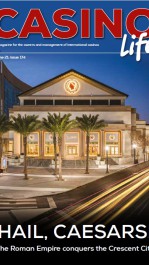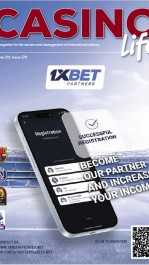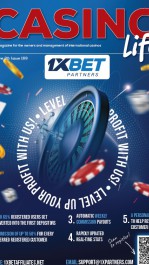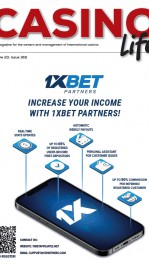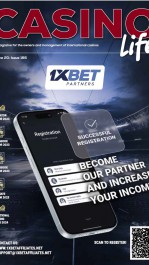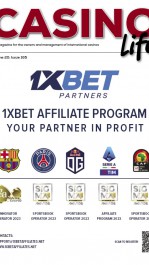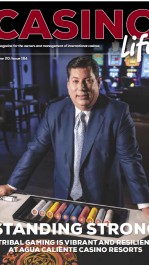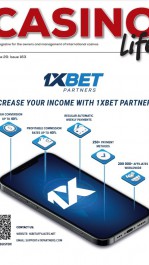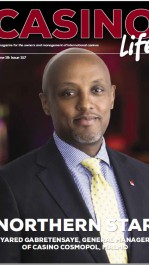DR Gaming Technology: Mexico’s Managing Director, Alfredo Moreno, and Group CEO, Jurgen De Munck speak with Peter White
Over 1,000 beds delivered in a single day, a record as far as I understand; well done! This assistance though is not your first, how did your Company get involved with this specific NPO?
Jurgen: As we’ve grown Peter, specifically here in Mexico, I have become far more aware of just how important communities, that in many cases are just massive families, are. As you know I moved here about two years ago, quite soon after we established an office here in 2017; the culture, and the sense of community I feel here is very different to what I grew up with in Belgium, and in a good way. Those that ‘have’ today help those that ‘have not’ today, because tomorrow the shoe will in all likelihood be on the other foot.
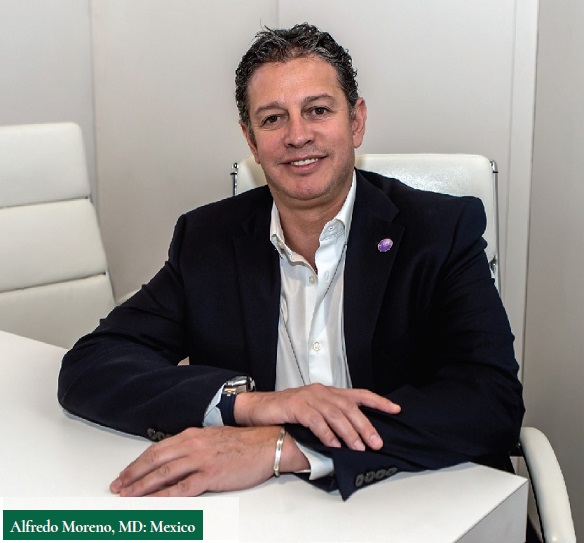
The challenges that face many communities here and in many other under-resourced countries across the globe are at times almost impossible to comprehend until you see them first-hand, and yet these communities stand together, help one another, and do their best to make things work with what they have. It is that exact spirit that drove the establishment of Curando México in 2010, an initiative that Alfredo was part of at the outset, and one that he has tirelessly served as President since inception.
In essence the short answer to your ‘how’ question is: through Alfredo.
Wow Alfredo, I raise my glass: ¡Salud! Can you tell our readers a bit more about the charity?
Alfredo: Well, the global charity Project C.U.R.E. (of which Curando México is the local partner) was established as far back as the late 80s by current CEO and President Dr. Doug Jackson’s dad. Doug’s dad was on a work assignment in Brazil, and while in Rio, his interpreter, a medical student, took him to see the small clinic at which she volunteered. Doug’s dad was completely shocked at what he saw; a community without proper healthcare facilities, doctors without resources and as a result (he says) people without hope. So, when Doug’s dad got back to Colorado, he and Doug’s mom started collecting medical supplies to send to Brazil.
Thanks to generous friends they filled their garage with donated supplies, and then paid for the actual delivery of those supplies themselves; that was the beginning of Project C.U.R.E. The organisation now, almost 25 years later, has distribution warehouses in Arizona, Colorado, Illinois, Texas, Pennsylvania and Tennessee, and smaller collection centres in 9 U.S. cities, shipping three to four cargo containers of medical equipment and supplies weekly; and although they never enter a community without an invitation, to date Project C.U.R.E. has assisted communities in more than 130 countries worldwide.
Are the beds you assisted in supplying and delivering standard beds Alfredo?
Alfredo: No they are not. They are designed specifically for medical relief, and as such are perfect for the set-up of emergency hospitals and clinics in times of natural disasters for example, and in this case pandemics. They fold flat, and can thus be easily stored, accessed, and then loaded and shipped via container or simply on the back of a truck to wherever they are needed in a really short space of time. As I said they are designed specifically for medical relief efforts.
The cost to ship one cargo container is roughly USD25,000, and if anyone or any organization would like to contribute towards that cost in part, or in total, they are more than welcome to contact me and I will gladly facilitate whatever introductions are required. Alternately the full details are available on Project C.U.R.E.s website: www.projectcure.org
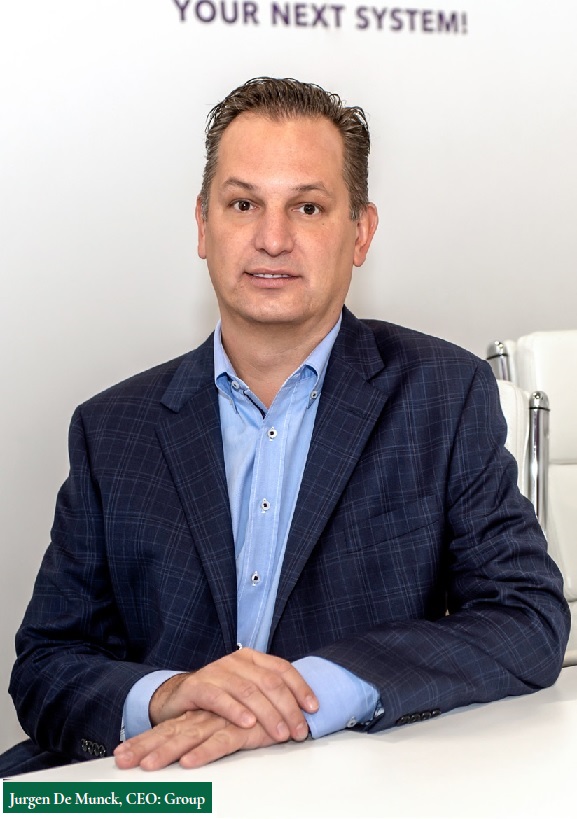
Now, notwithstanding your contributions to Curando México and your philanthropic endeavours via Project C.U.R.E. you still have a global business to run; I read recently though that despite the pandemic you remain optimistic, particularly in respect of the opportunities being created by the expedition of cashless gaming – can you explain?
Jurgen: Of course! What I was referring to in the article you must have read was the fact that through this adversity operators and regulators alike have both expedited their efforts to ‘go cashless’. As I’ve said many times before, casino operators have always seen the value therein, for both themselves in respect of the invaluable data that is captured and the learnings that can be derived from the dissecting thereof, and their players from a plain and simple convenience stand-point, not to mention a security and private admin-related perspective too.
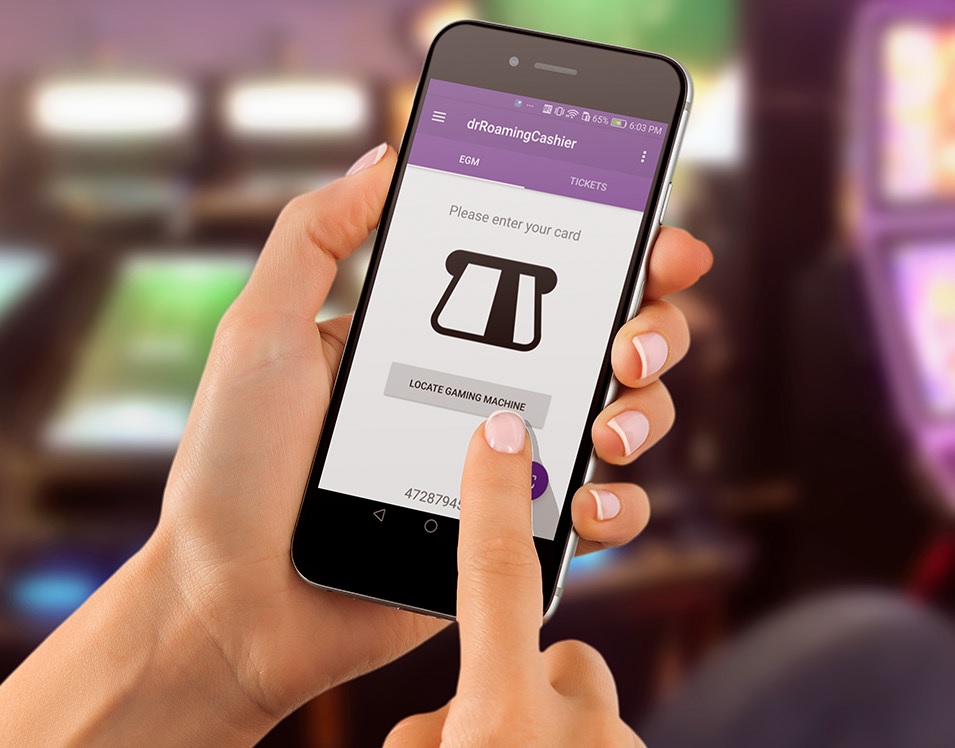
Agreed; from a personal point of view, I’d say that probably 95% of my own transactions these days are done cashlessly, either via an App or a card.
Jurgen: There you go Peter, that’s exactly my point. As a consumer we expect transactions to (now) happen cashlessly; and that should be the case at land-based casinos too. Players are accepting at the moment, but I have no doubt they will be demanding very soon, and in some jurisdictions they are already – expedited now due to the pure health and safety benefits associated thereto.
Speaking of which: TITO is often a ‘skipped step’ in the migration from cash to cashless; and I have no doubt that now it will in all likelihood not even be considered as an option for current cash-only operators, who, in my view will now migrate directly to NFC and RFID ‘tap and play’ technology and/or a Player App.
What you’re saying makes sense, and really is logical. That said, surely security and costs pose the biggest challenge, how does one address these?
Jurgen: I think one only has to look to the online gaming sector here for an answer; and I’m referring to gaming, gambling, and sports betting. All three of these business models operate very successfully and very securely without any hard cash changing hands at all.
Granted land-based casinos have physical slot machines, tables, and cashiers and that is what sets us apart and what our players like – otherwise they’d all ‘just’ be playing online, but the fundamentals are the same. So in our case, security is addressed by the data redundancy, real-time data, and reporting our patented drSMIB affords operators. What it does is individually connect all player and staff touch points
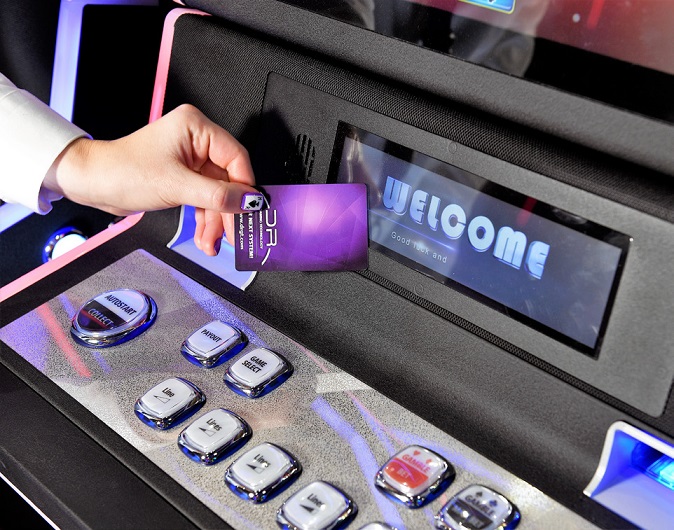
Let’s get back to the numbers though; 1,000 new beds in a day – the logistics must have been quite challenging just getting that size shipment through the border and then customs, and then actually to the various hospitals where patients were in dire need. How did all get done?
Jurgen: Well Beth Conley, Curando México’s Operations Director is the real Queen of logistics. Alfredo and I just assisted with all the paperwork on the day at the Laredo border crossing, and that was a job and a half in itself; what it did though was put into perspective what the 35-odd Project C.U.R.E. permanent staff and over 15,000 volunteers do on an annual basis, its insane.
With such global reach, and the servicing of such a noble cause how can other operators, suppliers, and/or service providers across our industry, or any other for that matter, get involved?
Alfredo: As was the case all those years ago when Doug’s father and mother started Project C.U.R.E. the challenge remains footing the bill to actually get the medical supplies to the communities that need them, and to a far lesser extent the actual sourcing of the supplies.
The cost to ship one cargo container is roughly USD25,000, and if anyone or any organization would like to contribute towards that cost in part, or in total, they are more than welcome to contact me and I will gladly facilitate whatever introductions are required. Alternately the full details are available on Project C.U.R.E.s website: www.projectcure.org
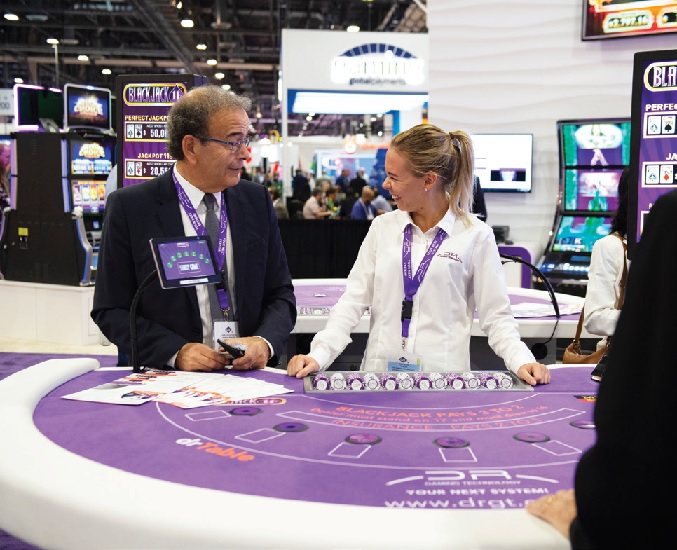
Now, notwithstanding your contributions to Curando México and your philanthropic endeavours via Project C.U.R.E. you still have a global business to run; I read recently though that despite the pandemic you remain optimistic, particularly in respect of the opportunities being created by the expedition of cashless gaming – can you explain?
Jurgen: Of course! What I was referring to in the article you must have read was the fact that through this adversity operators and regulators alike have both expedited their efforts to ‘go cashless’. As I’ve said many times before, casino operators have always seen the value therein, for both themselves in respect of the invaluable data that is captured and the learnings that can be derived from the dissecting thereof, and their players from a plain and simple convenience stand-point, not to mention a security and private admin-related perspective too.
Agreed; from a personal point of view, I’d say that probably 95% of my own transactions these days are done cashlessly, either via an App or a card.
Jurgen: There you go Peter, that’s exactly my point. As a consumer we expect transactions to (now) happen cashlessly; and that should be the case at land-based casinos too. Players are accepting at the moment, but I have no doubt they will be demanding very soon, and in some jurisdictions they are already – expedited now due to the pure health and safety benefits associated thereto.
Speaking of which: TITO is often a ‘skipped step’ in the migration from cash to cashless; and I have no doubt that now it will in all likelihood not even be considered as an option for current cash-only operators, who, in my view will now migrate directly to NFC and RFID ‘tap and play’ technology and/or a Player App.
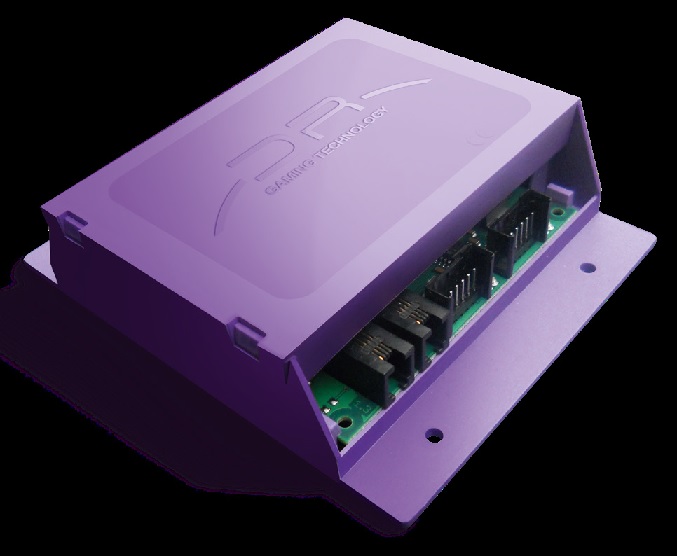
What you’re saying makes sense, and really is logical. That said, surely security and costs pose the biggest challenge, how does one address these?
Jurgen: I think one only has to look to the online gaming sector here for an answer; and I’m referring to gaming, gambling, and sports betting. All three of these business models operate very successfully and very securely without any hard cash changing hands at all.
Granted land-based casinos have physical slot machines, tables, and cashiers and that is what sets us apart and what our players like – otherwise they’d all ‘just’ be playing online, but the fundamentals are the same. So in our case, security is addressed by the data redundancy, real-time data, and reporting our patented drSMIB affords operators. What it does is individually connect all player and staff touch points like EGMs, live tables, cash desks, redemption kiosks and the like and then ‘pulls and pushes’ all game play and transactional data as well as any instructions like jackpot updates or bill validator software updates for example, in the aforementioned real-time, across all other drSMIBs in the local (casino) or groupwide (operator’s estate) network.
So there’s the answer to my security question, what about costs?
Jurgen: Well Peter, as you know our management system is designed to operate without a permanent server connection, and as such, the purchase of expensive servers by the operator is negated at the outset – that in itself is a considerable saving. Add to that the fact that no trading time is lost as with the proper pre-planning a change-over to our system can happen within the course of a single day, without having to close the casino at all, and the numbers make sense.
Commercially, operationally, and from a pure player convenience perspective cashless, as you so rightly said a little earlier, makes sense and really is quite logical.





